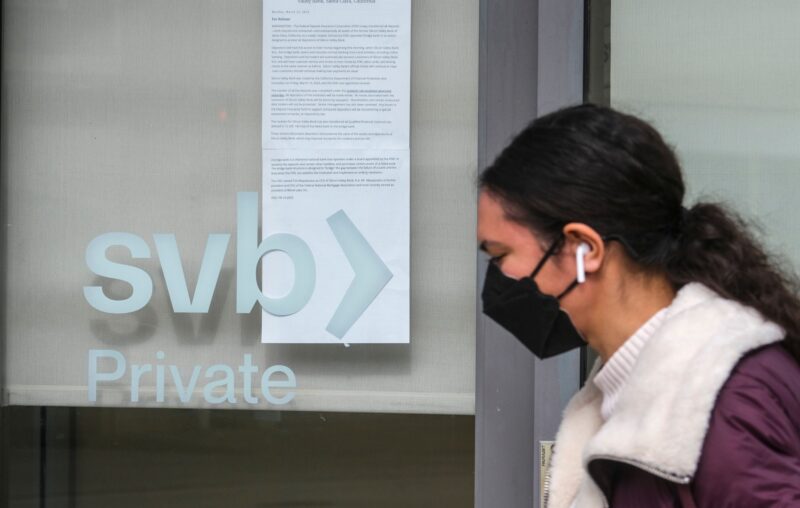by Peter C. Earle
The American Institute for Economic Research
 The one-year anniversary of the collapse of Silicon Valley Bank (SVB) is upon us. And while some of the factors behind that catastrophe have been tamped down, a new crop of problems have emerged to cast a shadow over the banking system and the health of the US economy. In the year since, only the sources of difficulty have changed.
The one-year anniversary of the collapse of Silicon Valley Bank (SVB) is upon us. And while some of the factors behind that catastrophe have been tamped down, a new crop of problems have emerged to cast a shadow over the banking system and the health of the US economy. In the year since, only the sources of difficulty have changed.
In March of 2023, the size and rapidity of the Fed’s rate hikes had driven a handful of banks with highly concentrated deposit bases into duration gaps, triggering runs and ultimately failure and government seizure: Silicon Valley Bank, Signature Bank, First Republic Bank, Heartland Tri-State Bank (a complicated situation), and Citizens Bank of Sac City Iowa. Within that same month, Silvergate Bank voluntarily liquidated, and Credit Suisse First Boston collapsed. The demise of the latter owed not to rapidly rising interest rates, but a litany of accumulated blows over the years ranging from scandals, bad strategic choices, and periodic trading losses.
